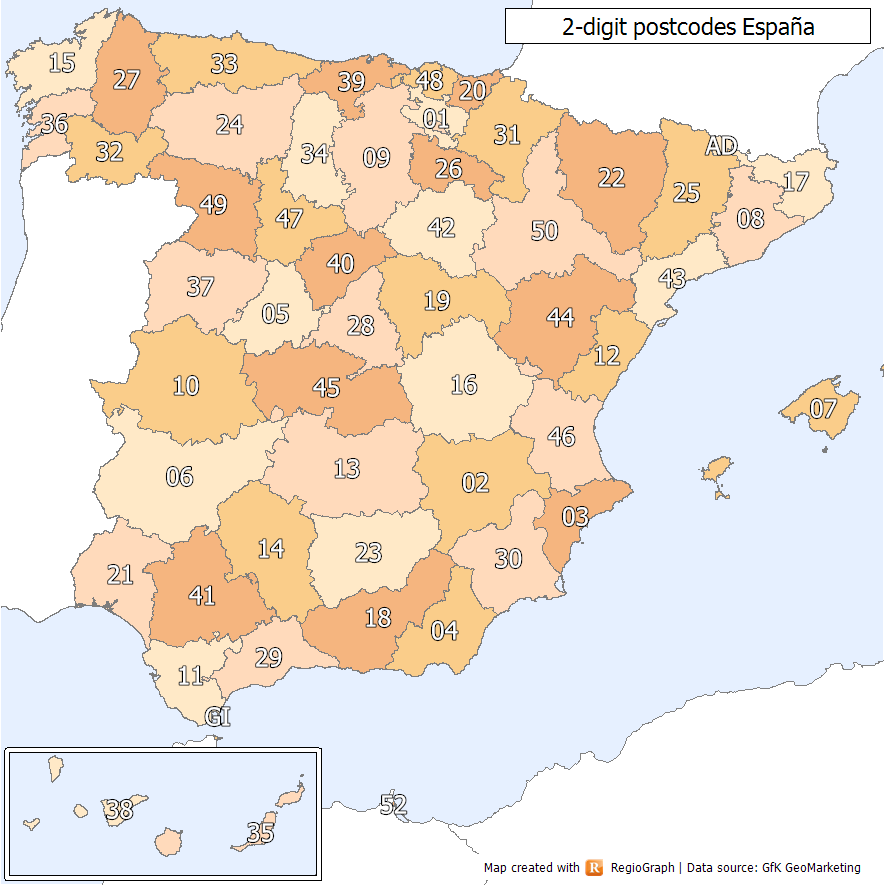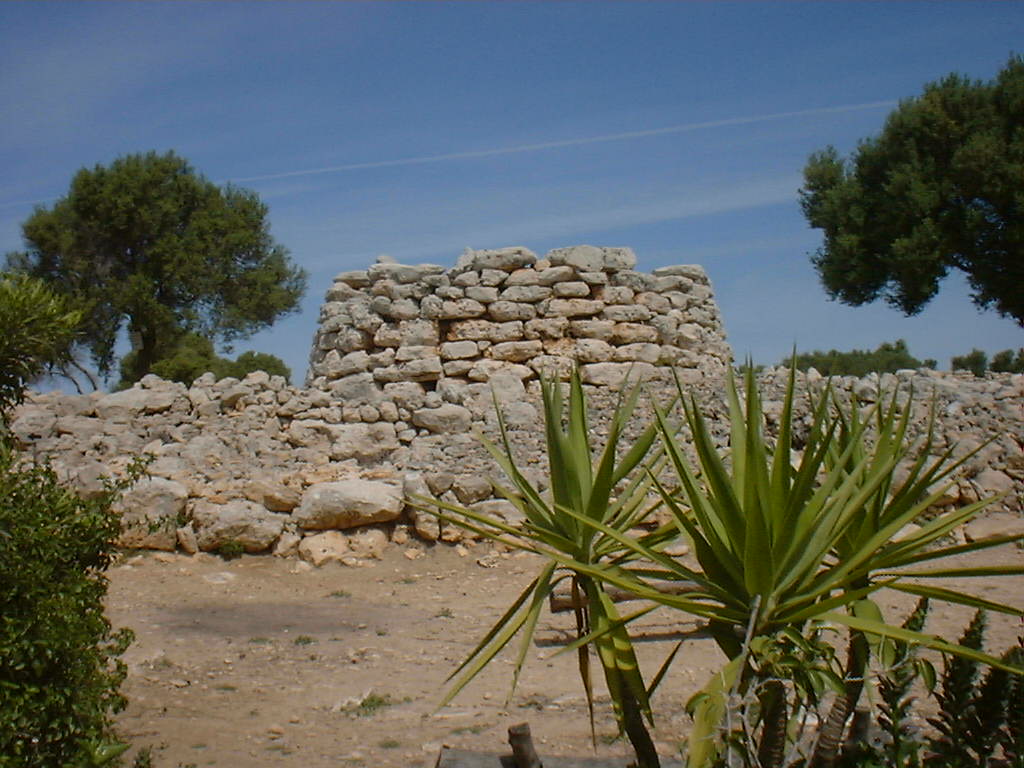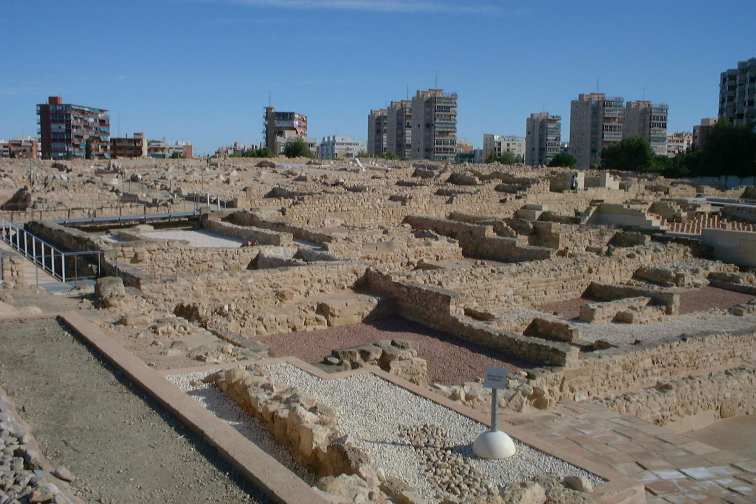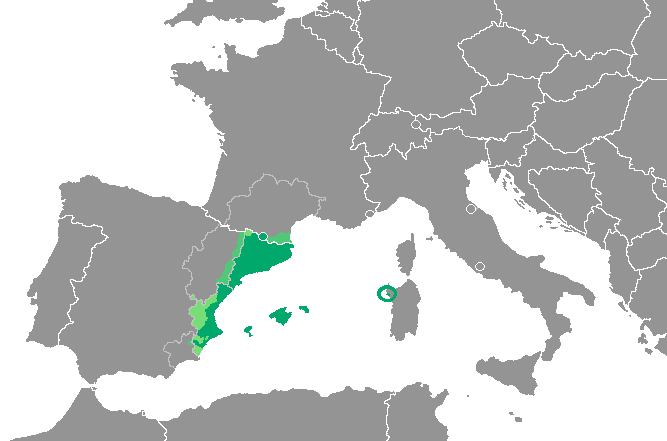|
L'Orxa
Lorcha (), or L'Orxa (), is a municipality in the ''comarca'' of Comtat in the Valencian Community, Spain. As of the year 2021, it has a total population of 581. History The settlement first appeared as Alquenènsia in a 1379 census. Following the Expulsion of the Moriscos in 1609, it was repopulated by migrants from Mallorca. Geography Lorcha is located along the northern edge of Alicante, to the east of Serpis River. Highway CV-701 passes through the northeastern portion of the municipality. Its average elevation is 467 meters above the sea level. Climate Lorcha has a Hot-summer Mediterranean Climate A Mediterranean climate ( ), also called a dry summer climate, described by Köppen and Trewartha as ''Cs'', is a temperate climate type that occurs in the lower mid-latitudes (normally 30 to 44 north and south latitude). Such climates typic ... (Csa). It sees the least precipitation in July, with an average rainfall of 10 mm; and the most precipitation in Septemb ... [...More Info...] [...Related Items...] OR: [Wikipedia] [Google] [Baidu] |
Comtat
Comtat (; ) is a ''comarca'' in the province of Alicante, Valencian Community, Spain. Municipalities The ''comarca'' is composed of 24 municipalities, listed below with their areas and populations: See also *Geography of Spain Spain is a country located in southwestern Europe occupying most (about 82 percent) of the Iberian Peninsula. It also includes a small exclave inside France called Llívia, as well as the Balearic Islands in the Mediterranean, the Canary Isla ... * List of Spanish cities References Comarques of the Valencian Community Geography of the Province of Alicante {{Valencia-geo-stub ... [...More Info...] [...Related Items...] OR: [Wikipedia] [Google] [Baidu] |
Serpis
The Serpis () is a short coastal river in the provinces of Alicante and Valencia, in Spain. The river starts at the feet of the Carrasqueta, a mountain area southwest to Alcoi, by the confluence of the Polop and Troncal streams. In its initial part the Serpis is intermittent. Near Alcoi it joins with the Barxell, coming from the Serra de Mariola, after which it has a regular course. Other cities it passes through include Cocentaina, L'Alqueria d'Asnar, Muro d'Alcoi, Gayanes and Beniarrés, where a dam creates an artificial lake; after the latter, the Serpis crosses L'Orxa, Vilallonga, Potries, Beniarjó, Almoines, El Real de Gandia and Gandia Gandia (, ) is a city and Municipalities of Spain, municipality in the Valencian Community, eastern Spain on the Mediterranean. Gandia is located on the Costa de Valencia, south of Valencia, Spain, Valencia and north of Alicante. Vehicles can ..., where it flows into the Mediterranean Sea, shortly after receiving the water ... [...More Info...] [...Related Items...] OR: [Wikipedia] [Google] [Baidu] |
Municipalities Of Spain
The municipality (, , , , , )In other languages of Spain: *Catalan language, Catalan/Valencian (), grammatical number, sing. . *Galician language, Galician () or (), grammatical number, sing. /. *Basque language, Basque (), grammatical number, sing. . *Asturian language, Asturian (), grammatical number, sing. . is one of the two fundamental territorial divisions in Spain, the other being the Provinces of Spain, provinces. Organisation Although provinces of Spain, provinces are groupings of municipality, municipalities, there is no implied hierarchy or primacy of one over the other. Instead the two entities are defined according to the authority or jurisdiction of each (). Some autonomous communities also group municipalities into entities known as ''comarcas of Spain, comarcas'' (districts) or ''mancomunidades'' (commonwealths). The governing body in most municipalities is called ''Ayuntamiento (Spain), ayuntamiento'' (municipal council or municipal corporation, corpora ... [...More Info...] [...Related Items...] OR: [Wikipedia] [Google] [Baidu] |
List Of Postal Codes In Spain
Spanish postal codes were introduced on 1 July 1984, when the introduced automated mail sorting. They consist of five numerical digits, where the first two digits, ranging 01 to 52, correspond either to one of the 50 provinces of Spain or to one of the two autonomous cities on the African coast. Two-digit prefixes The first two digits of a Spanish postal code identify the province or autonomous city it belongs to. The numbers were assigned to the 50 provinces of Spain ordered alphabetically at the time of implementation. The official names of some of the provinces have since changed, either to the regional language version of the name (e.g. from the Spanish to the Basque ) or to adopt the name of the autonomous community instead of the provincial capital (e.g. Santander to Cantabria). In these cases, the originally assigned code has been maintained, resulting in some exceptions to the alphabetical order. In addition, Ceuta and Melilla were originally included within the ... [...More Info...] [...Related Items...] OR: [Wikipedia] [Google] [Baidu] |
Mallorca
Mallorca, or Majorca, is the largest of the Balearic Islands, which are part of Spain, and the List of islands in the Mediterranean#By area, seventh largest island in the Mediterranean Sea. The capital of the island, Palma, Majorca, Palma, is also the capital of the autonomous communities of Spain, autonomous community of the Balearic Islands. The Balearic Islands have been an autonomous region of Spain since 1983. There are two small islands off the coast of Mallorca: Cabrera, Balearic Islands, Cabrera (southeast of Palma) and Dragonera (west of Palma). The anthem of Mallorca is "La Balanguera". Like the other Balearic Islands of Menorca, Ibiza, and Formentera, the island is a highly popular holiday destination, particularly for tourists from the Netherlands, Republic of Ireland, Ireland, Germany, and the United Kingdom. The international airport, Palma de Mallorca Airport, is one of the busiest in Spain; it was used by 28 million passengers in 2017, with use increasing ever ... [...More Info...] [...Related Items...] OR: [Wikipedia] [Google] [Baidu] |
Valencian Community
The Valencian Community is an Autonomous communities of Spain, autonomous community of Spain. It is the fourth most populous Spanish Autonomous communities of Spain, autonomous community after Andalusia, Catalonia and the Community of Madrid with more than five million inhabitants.Instituto Nacional de Estadística, Madrid, 2020. Its eponymous capital Valencia is the third largest city and metropolitan area in Spain. It is located along the Mediterranean Sea, Mediterranean coast on the east side of the Iberian Peninsula. It borders Catalonia to the north, Aragon and Castilla–La Mancha to the west, and Region of Murcia, Murcia to the south, and the Balearic Islands are to its east. The Valencian Community is divided into three Provinces of Spain, provinces: province of Castellón, Castellón, province of Valencia, Valencia and province of Alicante, Alicante. According to Valencia's Statute of Autonomy, the Valencian people are a ''nationalities and regions of Spain, "historical ... [...More Info...] [...Related Items...] OR: [Wikipedia] [Google] [Baidu] |
Comarques Of The Valencian Community
The ''Comarcas of Spain, comarques'' of the Valencian Community form an intermediate level of administrative subdivision between Municipalities of Spain, municipalities and Provinces of Spain, provinces. They are used as a basis for the provision of local services by the Generalitat Valenciana, but do not have any representative or executive bodies of their own. In 1987, the Generalitat Valenciana published an official proposal for Homologated Territorial Demarcations, ''Demarcacions Territorials Homologades'' (DTH), of three degrees, where the first degree largely coincides with the territorial concept of ''comarca''. Until now, the practice of these demarcations has been limited as a reference to the administrative decentralisation of the different services offered by the Generalitat, such as education, health, or agriculture. In fact, there is no legal provision for these DTHs to ultimately have the intended “territorial impact”, that is, comarca-level political or administ ... [...More Info...] [...Related Items...] OR: [Wikipedia] [Google] [Baidu] |
Valencian Language
Valencian () or the Valencian language () is the official, historical and traditional name used in the Valencian Community to refer to the Romance language also known as Catalan language, Catalan, 'hour'. However (although regarded as non-standard), there are cases where regressive metaphony occurs over pretonic vowels; e.g. > 'affects', > 'towel'. :** Vowel harmony differs greatly from dialect to dialect, while many varieties assimilate both to the height and the quality of the preceding stressed vowel (e.g. 'Earth, land' and 'woman'); in other varieties, it is just the height that assimilates, so that and can be realised with either ( and/or ) or with ( and/or ), depending on the region and speaker. :*** In some subvarieties the unstressed vowels produced by vowel harmony may actually be higher than the stressed ones (e.g. 'door'). :* In a wider sense, vowel assimilations can occur in further instances (that is all or most instances of final unstressed , r ... [...More Info...] [...Related Items...] OR: [Wikipedia] [Google] [Baidu] |
Languages Of Spain
The majority of languages of Spain belong to the Romance languages, Romance language family, of which Spanish language, Spanish is the only one with Official languages of Spain, official status in the whole country. Others, including Catalan language, Catalan/Valencian language, Valencian (in Catalonia, Valencian Community, Valencia and the Balearic Islands) and Galician language, Galician (in Galicia (Spain), Galicia), enjoy official status in their respective Autonomous communities of Spain, autonomous regions, similar to Basque language, Basque in the northeast of the country (a non-Romance language isolate). A number of other languages and dialects belonging to the Romance continuum exist in Spain, such as Aragonese language, Aragonese, Asturian language, Asturian, Fala language, Fala and Occitan language, Aranese Occitan. Present-day languages The languages spoken in Spain include: * Spanish language, Spanish. Official throughout the country, it is spoken by the majority ... [...More Info...] [...Related Items...] OR: [Wikipedia] [Google] [Baidu] |
Telephone Numbers In Spain
The Spanish telephone numbering plan is the allocation of telephone numbers in Spain. It was previously regulated by the Comisión del Mercado de las Telecomunicaciones (CMT), but is now regulated by the Comisión Nacional de los Mercados y la Competencia (CNMC). History Before 1998, local telephone calls could be made using only the subscriber's number without the area code, while the trunk code '9' was omitted when calling from outside Spain, e.g.: xx xx xx (within the same province) 9xx xxx xxx (within Spain) +34 xx xxx xxx (outside Spain) International calls were made by dialling the international access code 07, waiting for a tone, and then dialling the country code. However, calls to Gibraltar were made using the prefix '956' for the province of Cádiz, followed by the digit '7', instead of the country code +350, e.g.: 7 xx xxx (from Cádiz) 956 7 xx xxx (from the rest of Spain) Similarly, calls to Andorra were made using the prefix '973' fo ... [...More Info...] [...Related Items...] OR: [Wikipedia] [Google] [Baidu] |
Central European Summer Time
Central European Summer Time (CEST, UTC+02:00), sometimes referred to as Central European Daylight Time (CEDT), is the standard clock time observed during the period of summer daylight-saving in those European countries which observe Central European Time (CET; UTC+01:00) during the other part of the year. It corresponds to UTC+02:00, which makes it the same as Eastern European Time, Central Africa Time, South African Standard Time, Egypt Standard Time and Kaliningrad Time in Russia. Names Other names which have been applied to Central European Summer Time are Middle European Summer Time (MEST), Central European Daylight Saving Time (CEDT), and Bravo Time (after the second letter of the NATO phonetic alphabet). Period of observation Since 1996, European Summer Time has been observed between 01:00 UTC (02:00 CET and 03:00 CEST) on the last Sunday of March, and 01:00 UTC on the last Sunday of October; previously the rules were not uniform across the European Union. The ... [...More Info...] [...Related Items...] OR: [Wikipedia] [Google] [Baidu] |



